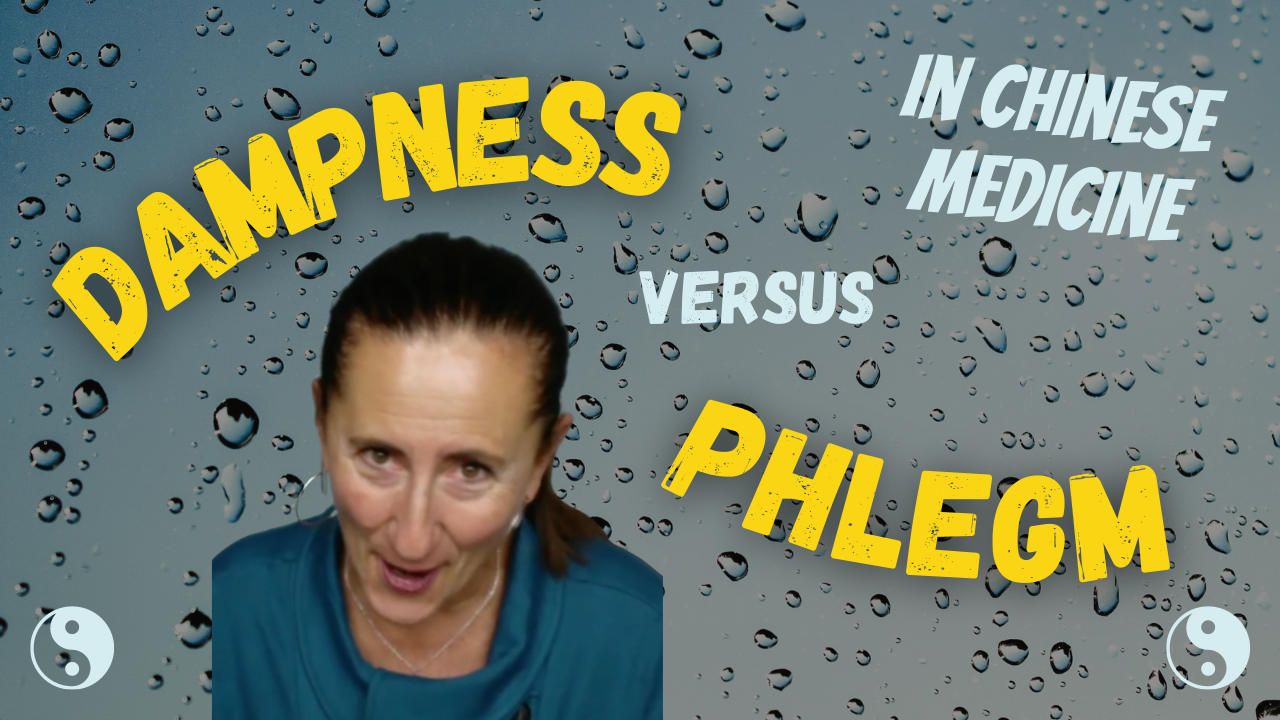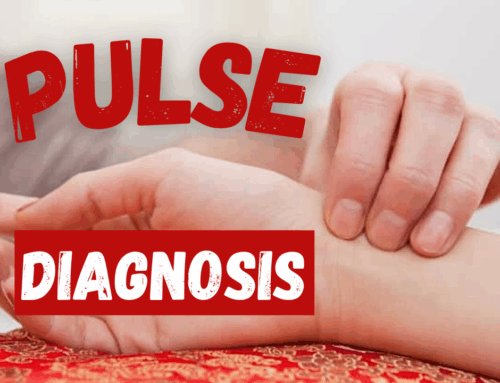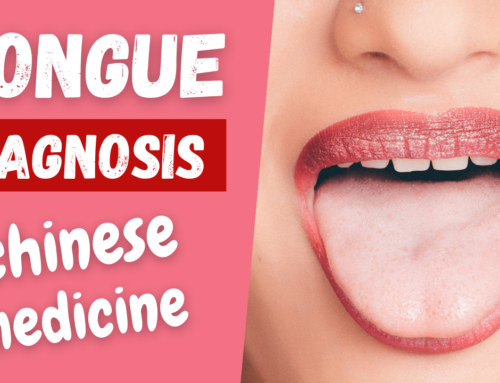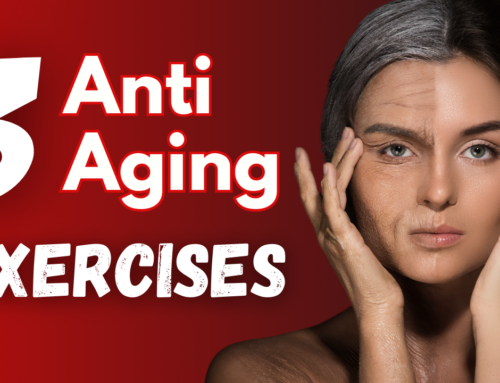What’s the difference between excess DAMPNESS and excess PHLEGM in Chinese medicine and how do we treat them?
I get asked this question all the time by my students 😍
Together, dampness and phlegm have similar symptoms, tongue, and pulse.
Unfortunately, it’s not easy to treat either of them. We need acupuncture, food and herbs for this!
In this video, I break down how to easily differentiate between dampness and phlegm in Chinese medicine. After, I share my favourite acupuncture points, and the best foods to eat. Combined these can help avoid and eliminate dampness and/or phlegm.
Let me know what you think and keep rocking it with acupuncture! 😍
Clara
TCM Geek
PS: if you enjoy my teaching, check out my 3 books/PDFs ↙️
📗Chinese Medicine Made Easy
📙 AcuPoints Made Easy
📘 Chinese Medicine TREATMENTS Made Easy
Dampness versus Phlegm in Chinese Medicine (with treatment!)
Connect with me on social media at AcuPro Academy on: Facebook, Instagram, YouTube, TikTok, Pinterest and Twitter!
💕 And if you’d like more content, please continue to support my creations by subscribing, connecting, liking, sharing and commenting on my posts! That’s how I know you enjoy them! Much appreciated 🙏
What is the difference between dampness and phlegm?
I get asked this question all the time. Today, I’m going to shed some light to help you understand those two entities and how we view them in Chinese medicine.
Phlegm is thicker, and dampness is a little bit less thick. As a whole, dampness is more fluid! In Chinese medicine, body fluids (Jin Ye) are thick fluids and thin fluids, right? The thin fluids could be urination, tears, or sweat. The thick fluid is more, organs, the brain, and the marrow.
How do we get rid of excess dampness & phlegm? What are they symptoms?
Let’s talk about excess dampness and excess phlegm, which are not easy to get rid of! Excess dampness will show up with symptoms of water retention, like bloating, edema, swelling, excess saliva in the mouth, and excess vaginal discharge, loose stools or diarrhea.
Excess phlegm symptoms are: coughing phlegm (thick), cysts, or ganglion. Or ovarian cyst.
Now what’s interesting I found in TCM is that phlegm and dampness have the same tongue and pulse, slippery pulse and greasy tongue coating. They tend to display nausea and greasy skin/hair and scalp too.
To differentiate the two, you can look the bowel movements. Particularly, the STOOLS!
With dampness, there are loose stools or diarrhea. With phlegm, there are formed and sticky stools. Meaning we need a lot of toilet paper to clean up–this is the difference!
How do we treat it?
For treatment, if you are not sure which points, you can needle SP 9 (Dampness) and ST 40 (Phlegm). This can work if your patient has more damp or has more phlegm. Those two together can work really well.
No matter what, remember to always do some digging to figure out the root cause(s).
Regarding food, we want to avoid all mucus forming food. For phlegm and dampness we want to avoid dairy, sugar and processed foods!
We replace those foods with those that work on drying dampness and eliminating phlegm. Some great examples are asparagus, dandelion, lemon, ginger, turmeric. Those are great for dampness and phlegm!







Great video!!!… as always
Love your videos and love your books. I have all 3 of them
Thank you so much for your support Corinna 💜
Thank you so much – so clearly explained and summarized!
You’re so welcome 😍
Thank you
You’re welcome
Very informative.
Thank you so much Clara…
My pleasure Neetha 🌷 See you in a few weeks 😍
Clara, you are an awesome teacher ! Thank you!
Awe, thank you so much Jocelyne 😍